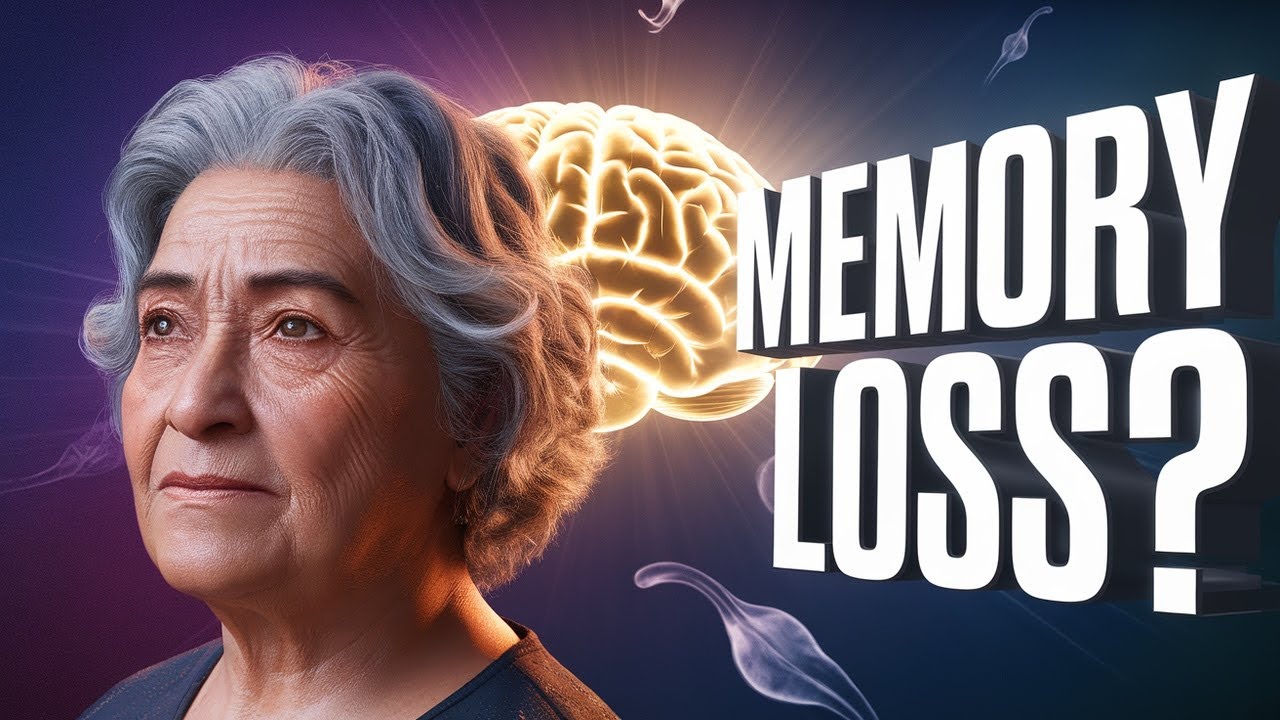Understanding Memory Lapses: Aging or Alzheimer’s?
Join me as I take on the challenge of figuring out if my memory lapses are just normal aging or something more serious like Alzheimer’s. As we age, it’s natural to wonder if our forgetfulness is just a normal part of getting older or if it’s something more serious like Alzheimer’s disease. The truth is, it can be really tough to tell the difference between the two. That’s why it’s so important to understand the signs of aging versus Alzheimer’s so we can better navigate our own health and the health of our loved ones.
Recognizing Normal Aging
I know I’m not alone in this concern. Many of us have experienced those frustrating moments of forgetfulness, like misplacing our keys or struggling to recall a familiar word. It’s natural to wonder: is this just part of getting older, or is something more going on? The reality is that aging is a complex process, and it’s not always easy to distinguish between normal aging and Alzheimer’s disease. But by exploring the signs and symptoms of both, we can gain a better understanding of what’s happening in our brains and bodies as we age.
Common Signs of Aging
Common signs of aging can include things like forgetfulness, difficulty learning new information, and changes in sleep patterns. However, these same symptoms can also be indicators of Alzheimer’s disease, making it difficult to know what’s going on. It’s no wonder so many of us are left wondering if our memory lapses are just a normal part of aging or something more serious.
Understanding Alzheimer’s Disease
Let’s face it: getting older can be a little scary, especially when it comes to our brains. We’ve all heard the stereotypes about older people being forgetful or senile, but the truth is, many of these senior moments can be entirely normal. However, that doesn’t mean we should ignore them or write them off as just a part of aging. As we age, our brains undergo natural changes that can affect our memory, cognitive function, and overall health. These changes can impact our daily lives, making it harder to learn new things, remember important details, or even perform everyday tasks. But these changes don’t necessarily mean we have Alzheimer’s disease.
Distinguishing Alzheimer’s Symptoms
It’s estimated that up to 40% of people over the age of 65 experience some form of cognitive decline, but only about 10% of those cases will actually be Alzheimer’s disease. That means a significant number of people are experiencing normal age-related changes that can be managed and even improved with the right strategies and support.
Key Differences Between Aging and Alzheimer’s
So how do we know if our memory lapses are just a normal part of aging or something more serious? One key difference is the severity and frequency of symptoms. While normal aging may cause occasional forgetfulness, Alzheimer’s disease is characterized by a steady decline in cognitive function, often accompanied by other symptoms like confusion, mood changes, and difficulty with communication.
Impact on Daily Life
Another important distinction is the impact of symptoms on daily life. While normal aging may cause some inconvenience, Alzheimer’s disease can make it difficult to perform everyday tasks, maintain relationships, and even care for oneself. It’s essential to pay attention to these differences and seek medical attention if we notice significant changes or impairments.
Staying Proactive and Informed
Despite these distinctions, it can still be challenging to determine whether our symptoms are normal or not. That’s why it’s so important to stay informed, stay proactive, and stay connected with our healthcare providers. By doing so, we can better understand our own health and take steps to maintain our cognitive function as we age.
Lifestyle Changes for Brain Health
Research has shown that certain lifestyle changes, such as regular exercise, social engagement, and cognitive stimulation, can help slow down cognitive decline and even improve brain health. This is incredible news, and it highlights the importance of taking an active role in our health as we age. But even with this knowledge, it can be tough to shake the feeling that we’re losing our grip on reality. I know I’ve had moments where I felt like I’m just not as sharp as I used to be, and it’s scary. It’s scary to think that we might be losing ourselves bit by bit.
The Role of Healthcare Providers
That’s why it’s essential to talk to our healthcare providers to get a clear understanding of what’s going on in our brains and bodies. By doing so, we can rule out other potential causes of cognitive decline and get a better sense of whether our symptoms are normal or not.
Seeking Support and Resources
It’s also important to remember that we’re not alone in this journey. Millions of people around the world are experiencing similar challenges, and there is hope. There is help available, from medical professionals to support groups to online resources. We don’t have to face this alone.
Advancements in Alzheimer’s Research
One of the most significant breakthroughs in understanding the differences between normal aging and Alzheimer’s disease is the development of biomarkers. These biomarkers can help medical professionals identify the presence of Alzheimer’s disease in the brain even before symptoms appear. This is a game-changer, and it’s opening up new possibilities for early intervention and treatment.
Individual Experiences
But even with these advancements, it’s essential to remember that every person’s experience is unique. What might be normal for one person might not be normal for another. That’s why it’s crucial to listen to our bodies, pay attention to our symptoms, and seek help when we need it.
Conclusion: Taking Control of Our Health
As we navigate the complexities of aging and Alzheimer’s disease, it’s essential to stay informed, stay connected, and stay proactive. By doing so, we can take control of our health and live our best lives, no matter what the future holds.
So what’s the takeaway from all of this? It’s essential to recognize the differences between normal aging and Alzheimer’s disease and to seek help when we need it. By staying informed and staying proactive, we can take control of our health and live our best lives.
Thanks for joining me on this journey to explore the differences between normal aging and Alzheimer’s disease. If you have any questions or personal experiences you’d like to share, please leave them in the comments below. And if you found this article helpful, please like, subscribe, and click on the bell for more health tips and updates.
Share this content:
About The Author
Discover more from J and J Fitness
Subscribe to get the latest posts sent to your email.





